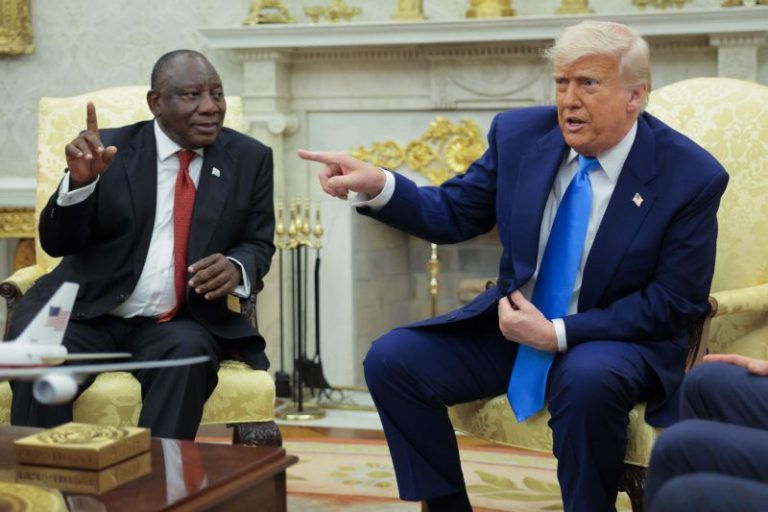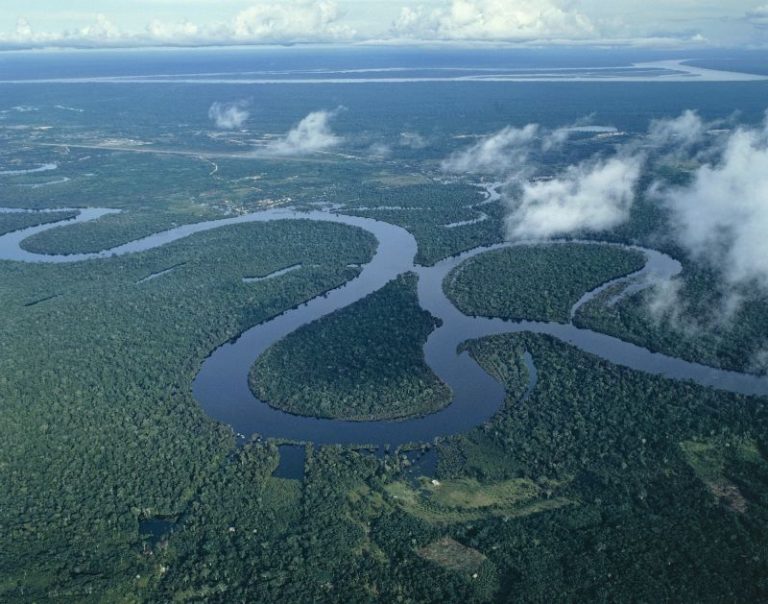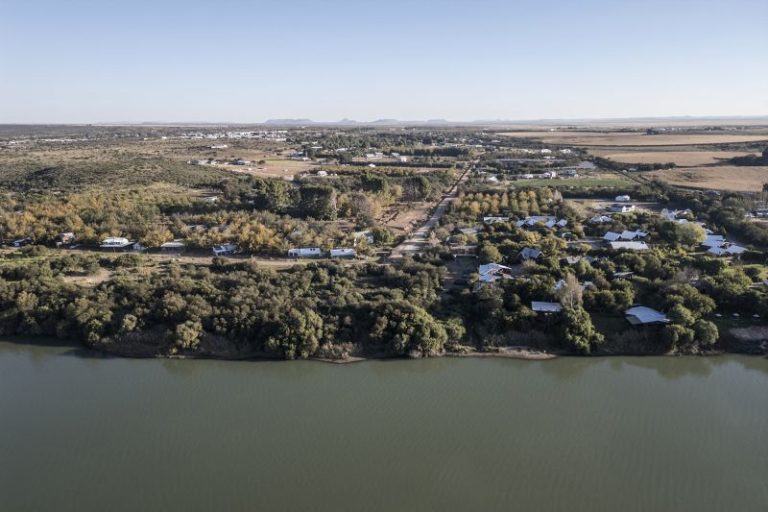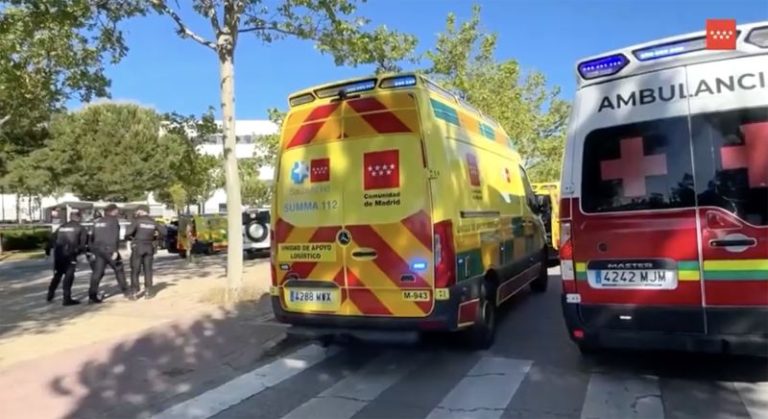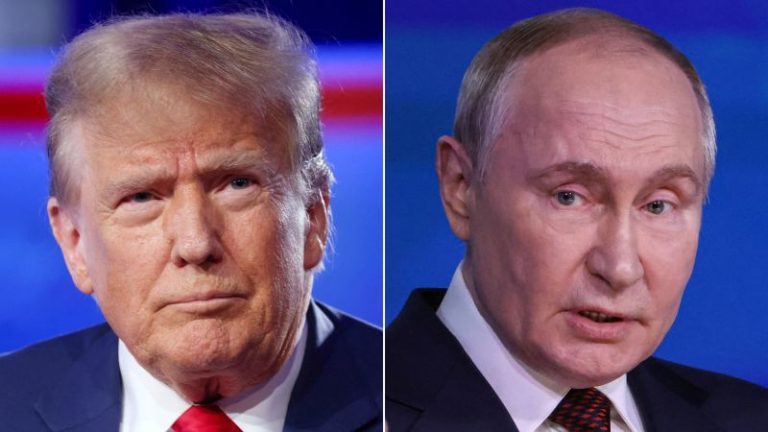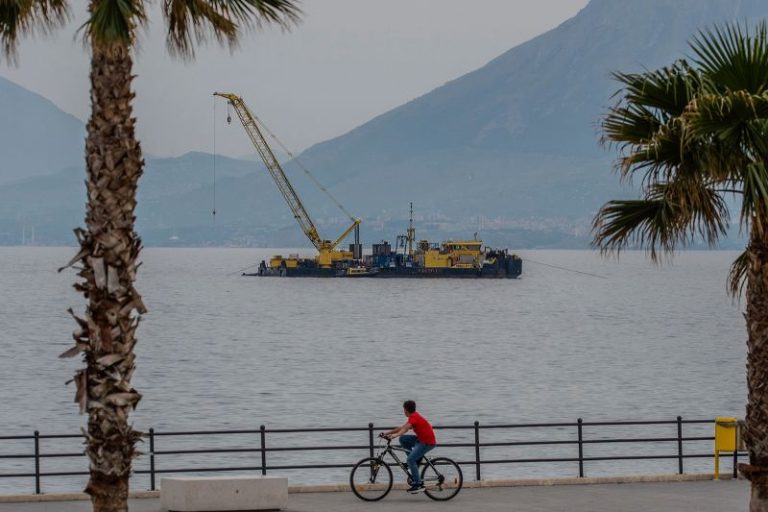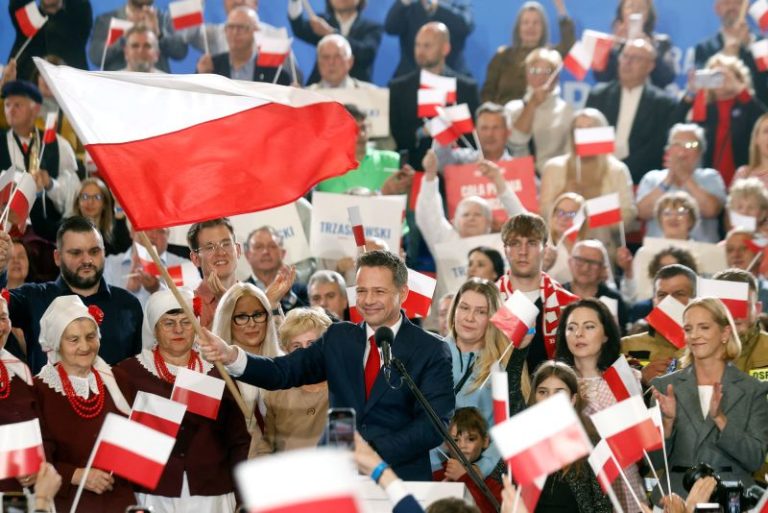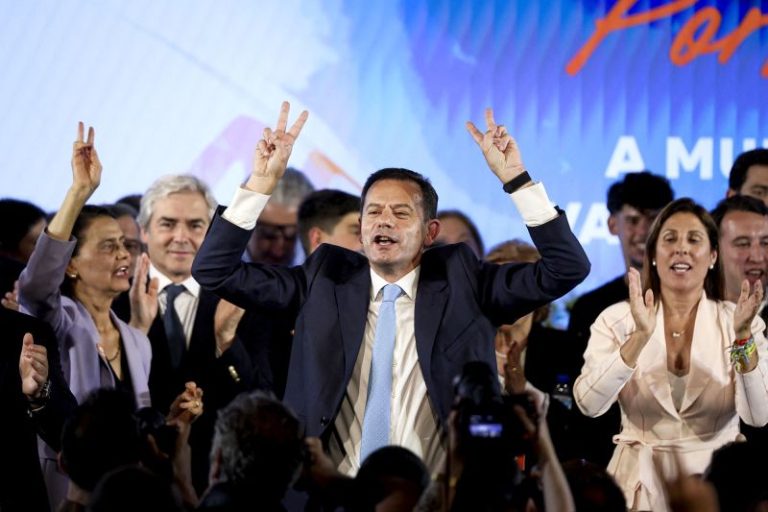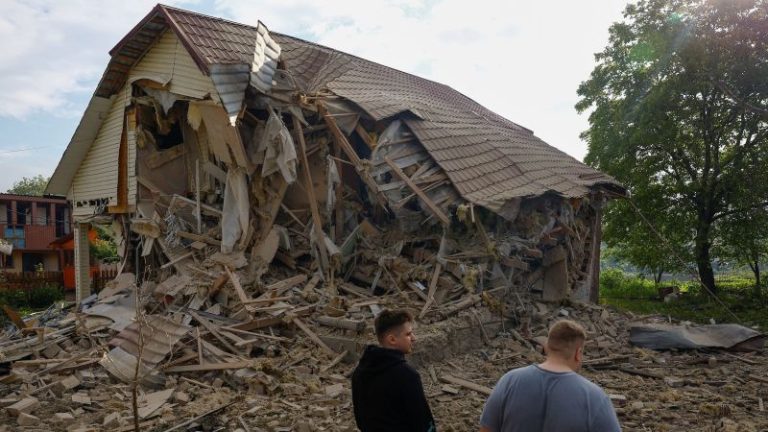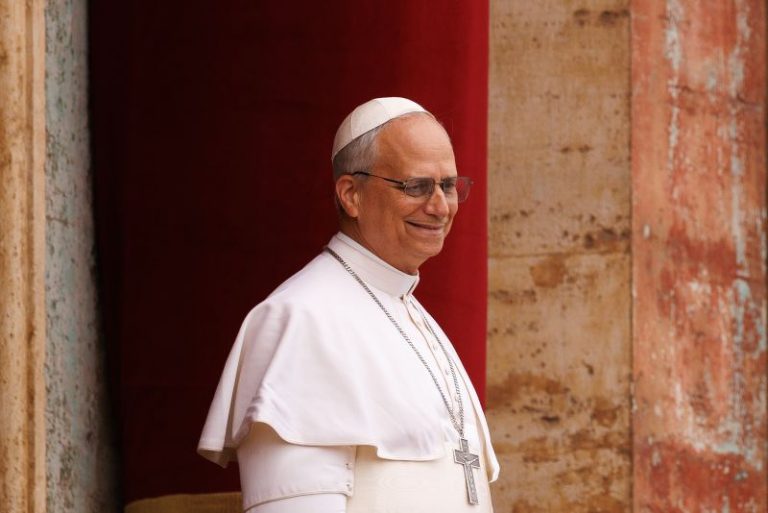Many South Africans are praising President Cyril Ramaphosa’s calm demeanor as President Donald Trump’s multimedia ambush unfolded in front of the world’s press. He pushed back gently whenever he could, but he didn’t raise his voice or show anger, displaying his decades of negotiation experience.
“What else could Cyril have done?” asked veteran journalist Milton Nkosi. “You’re damned if you do, damned if you don’t. I think they were caught completely unawares. How on earth could you have planned for that?” said Nkosi, who’s a senior research fellow at the Africa Asia Dialogues think tank.
On social media and across South Africa’s broadcast outlets, consensus seemed to quickly form that Ramaphosa did the best under the circumstances. He remained “calm, collected and humble in the face of bigotry and lies,” posted one user on X. “You were a leader today. Went to build not to fight.”
Ramaphosa brought his own White billionaire to the meeting – luxury goods magnate Johan Rupert, who’s behind brands like Cartier – who told Trump that violent crime affects all races, but his words fell on deaf ears.
Rupert even threw tech billionaire Elon Musk, who was also in the room, a bone.
“We have too many deaths. But it’s across the board,” Rupert said. “It’s not only White farmers. It’s across the board. We need technological help. We need Starlink at every little police station. We need drones.”
One White South African called Rupert a traitor to his fellow Afrikaners in a social media post.
Another prominent White South African, agriculture minister John Steenhuisen, also tried to convince their Oval Office host that he had been misled.
The most dramatic part of the scene was when Trump called for lights to be dimmed and screened a four-and-a-half minute montage claiming to show evidence of a White genocide. It included far-left opposition leader Julius Malema singing “Kill the Boer, kill the farmer” as a crowd chanted along.
Officially named “Dubula iBhunu” in the Xhosa language, the song emerged in the 1980s to fight the unjust system of segregation. South African courts have ruled that it doesn’t mean a literal call to kill White farmers.
The Supreme Court of Appeal ruled in 2024 that any “reasonably well-informed person” would see it as a “historic struggle song, with the performance gestures that go with it, as a provocative means of advancing his party’s political agenda.”
Trump confronted Ramaphosa on why he had not arrested Malema for it.
Malema, leader of the the Economic Freedom Fighters party, responded in his typical fiery way on X: “A group of older men meet in Washington to gossip about me,” he said, disputing the claims of a genocide. “We will not agree to compromise our political principles on land expropriation without compensation for political expediency.”
Malema was expelled from Ramaphosa’s African National Congress (ANC) party more than a decade ago and came third in the most recent election.
Most of the information that Trump used to try to prove that “White genocide” is happening in South Africa has repeatedly been disproven.
Some South Africans have said that they believe that the information is “AfriForum propaganda” – referring to a White Afrikaner lobby group criticized as being a White nationalist group.
“It shows that the South African president and the ANC leadership cannot just simply sweep real problems that we have in the country under the carpet and think they will disappear,” Kallie Kriel said in a voice note.
It was the toughest public test yet for Ramaphosa, a skilled dealmaker who led negotiations for Nelson Mandela in talks that ended apartheid.
It was a good day for South Africa’s White nationalists. The president of the United States repeated their talking points from the bully pulpit of the White House, giving them the highest-profile validation they could have ever dreamed of.
The South African delegation expected a confrontational meeting, but nothing could have prepared them for the ambush that awaited them.

